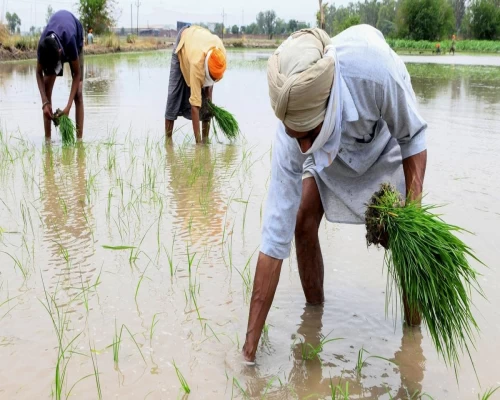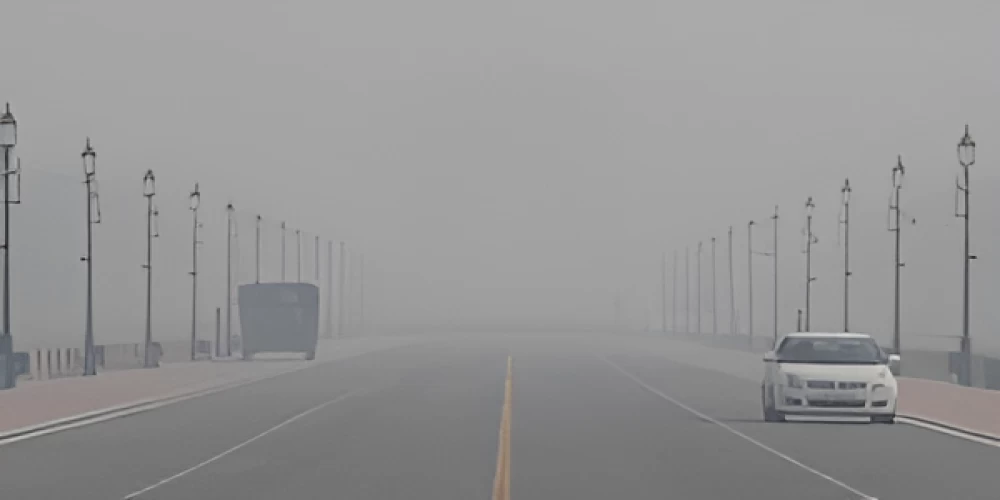
New Delhi: Following Diwali celebrations marked by extensive firecracker use despite a citywide ban, Delhi awoke to dangerously high levels of air pollution, making it the world’s most polluted city on Friday morning. Despite official restrictions, large gatherings and heavy fireworks across the capital sent air quality into the "very poor" category, with some regions nearing "severe" levels as thick smog settled over the city. By 6 am on Friday, Delhi’s Air Quality Index (AQI) hit 359, putting it well into the "very poor" range, and setting a grim marker as the most polluted city globally.
Major neighbourhoods, including Lajpat Nagar, Kalkaji, and Dwarka, defied the firecracker ban, while west and east Delhi areas such as Punjabi Bagh, Vikaspuri, Burari, and Dilshad Garden saw significant firework activity. AQI monitoring stations across Delhi-NCR reported widespread declines in air quality, with regions such as Burari Crossing, Jahangirpuri, and Anand Vihar recording AQIs of 394, 387, and 395, respectively. Neighbouring cities in the National Capital Region, including Noida, Ghaziabad, and Gurugram, also showed deteriorated air conditions, with Ghaziabad and Gurugram falling into the "very poor" range at 316 and 348 AQI, while Noida registered an AQI of 293.
Air pollution peaked around midnight at numerous monitoring stations across Delhi-NCR. PM2.5 concentrations surged to hazardous levels, some locations recording readings as high as 900 micrograms per cubic metre, which is 15 times over the safe limit of 60 micrograms. Areas such as RK Puram, Jahangirpuri, and Nehru Nagar reported extreme pollution spikes, especially between 8 pm and 10 pm, as residents celebrated Diwali with fireworks. The surge in PM2.5 and PM10 levels began around 5 pm on Thursday and only showed slight declines after 1 am, though air quality remained alarmingly high through the night.
The Delhi government had imposed a firecracker ban from October 14 through January 1, 2025, in efforts to curb post-Diwali air pollution. However, the celebrations resulted in a dense smog over the city, and the AQI was measured at 328 by Friday afternoon, marking this Diwali as the most polluted in three years.
As Delhi grapples with these severe pollution levels, the AQI categorisation warns of potential health impacts, with levels ranging from "good" (0-50) to "severe plus" (above 450). An AQI between 301 and 400 is categorised as "very poor," while levels between 401 and 450 are considered "severe."
BI Bureau


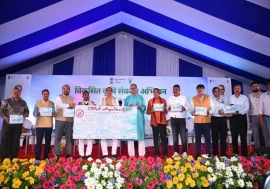
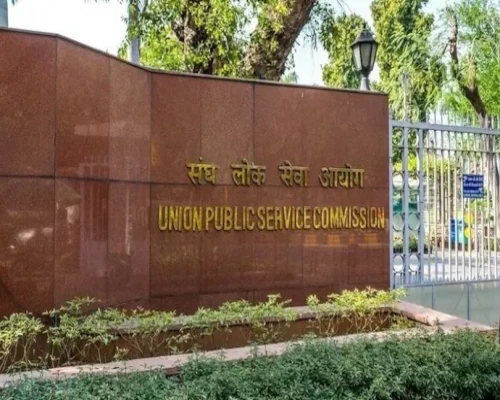
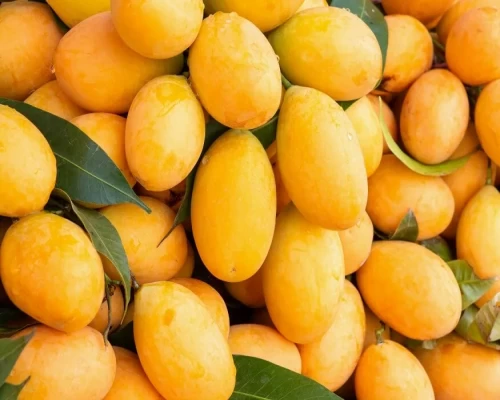

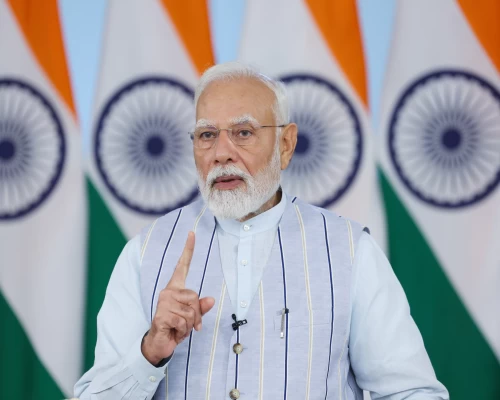
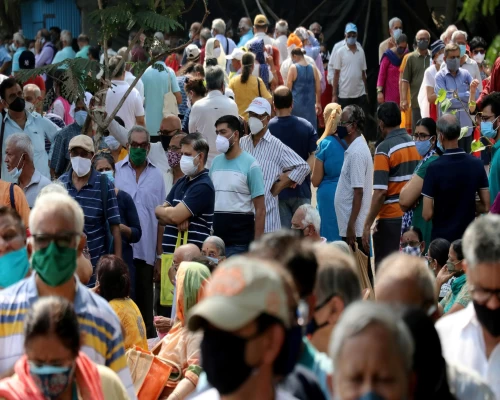
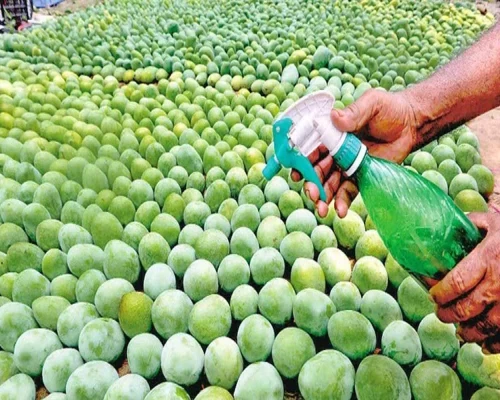
 (13)_500_x_400.webp)
